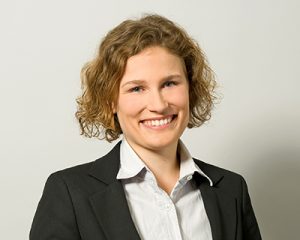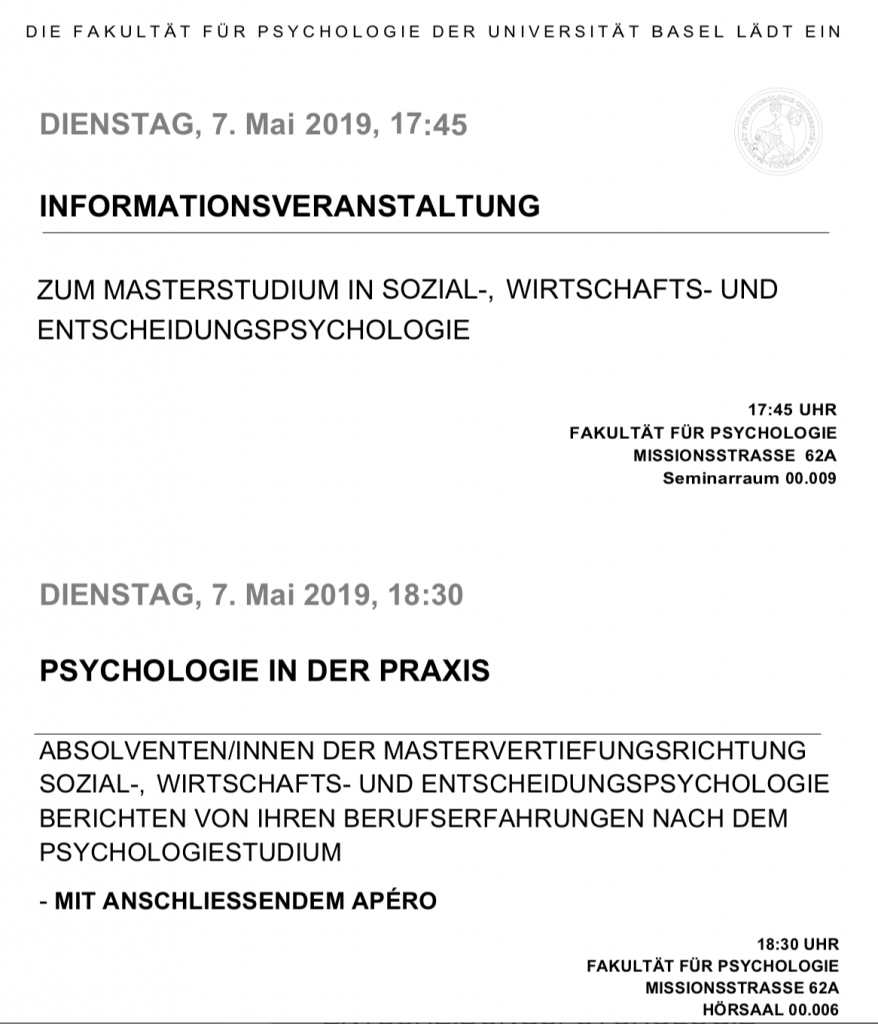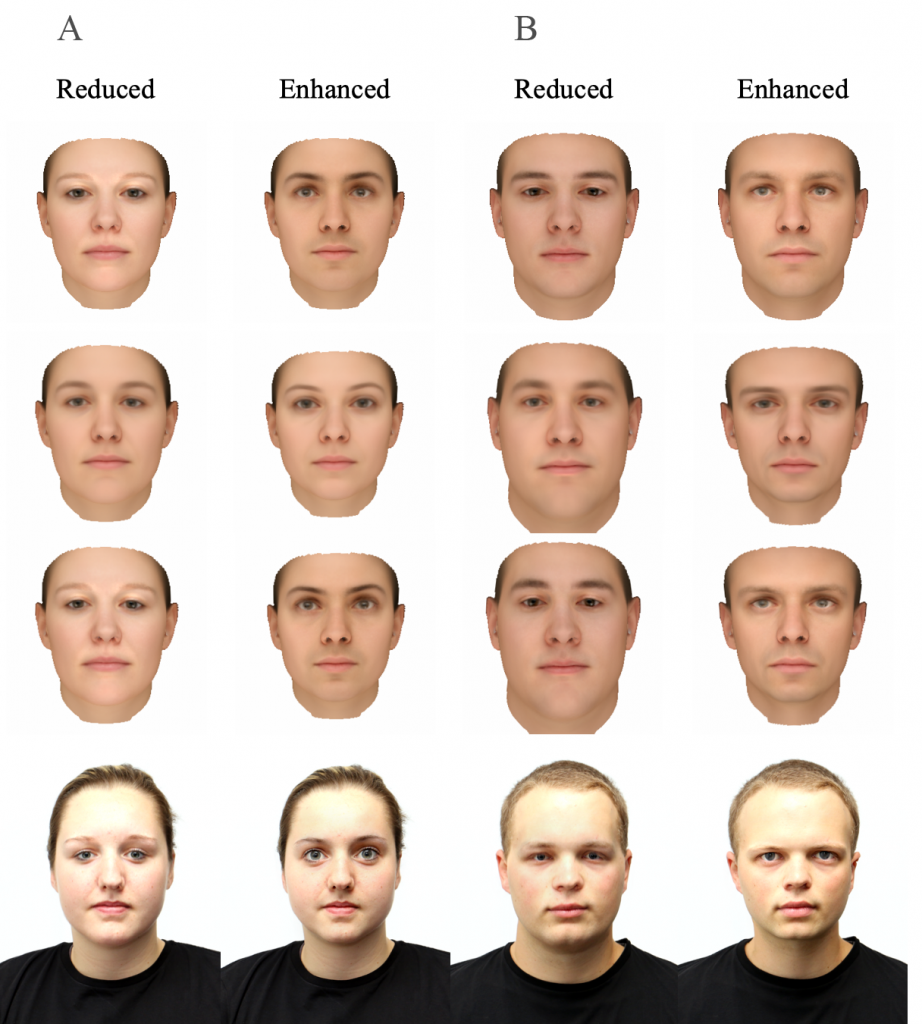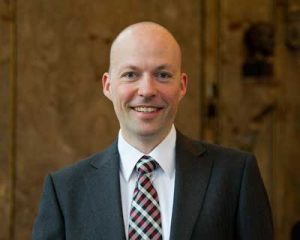Speaker at this week’s SWE Colloquium (2 May) is Dr Karl Halvor Teigen, from the University of Oslo Department of Psychology.
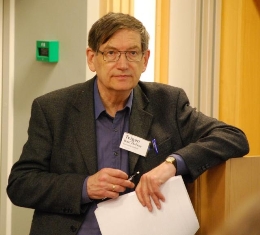
Out of the blue: Subjective perceptions of randomness
Most psychological research on perceived randomness has been devoted to studies of composite events, like random sequences of coin tosses, hot hand phenomena, and random visual patterns. But people in daily life also discuss whether singular events, like a traffic accident, a mistake, a coincidental meeting, a career change, or an unexpected outcome of a football match occur “by chance” or not. The present research project (with Gideon Keren, Tilburg, and Alf Børre Kanten, Oslo) aims to reveal the subjective characteristics of randomness in such contexts. We find that people attribute improbable outcomes to chance more often than probable ones. For instance, coincidences framed as unlikely are seen as more random than identical events presented in a more likely frame, and even the outcome of lotteries are seen as more random when winning odds are low. People (including scientists) seem also more inclined to accept random influences in a small-scale context than with large events. Assumptions about the rarity and smallness of random events might foster a belief that randomness is unimportant.
